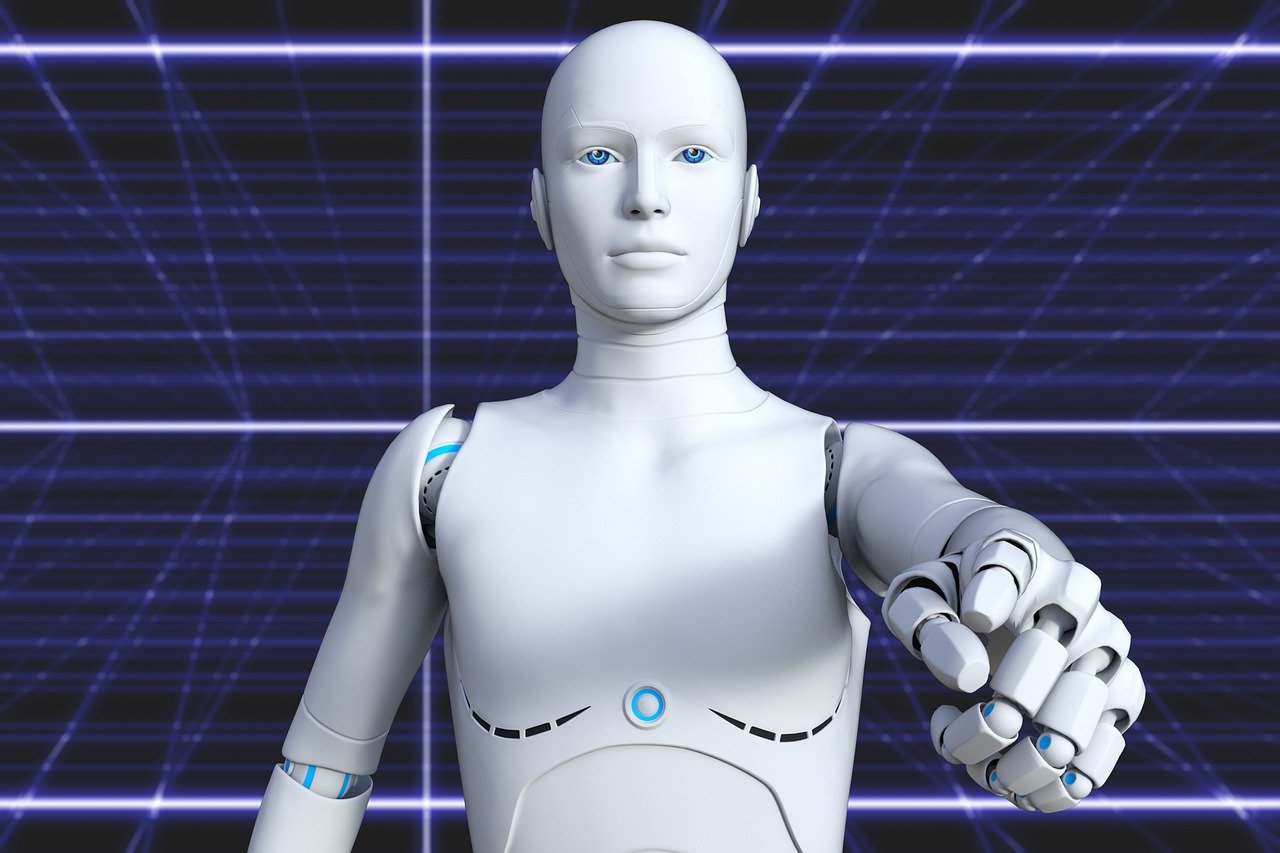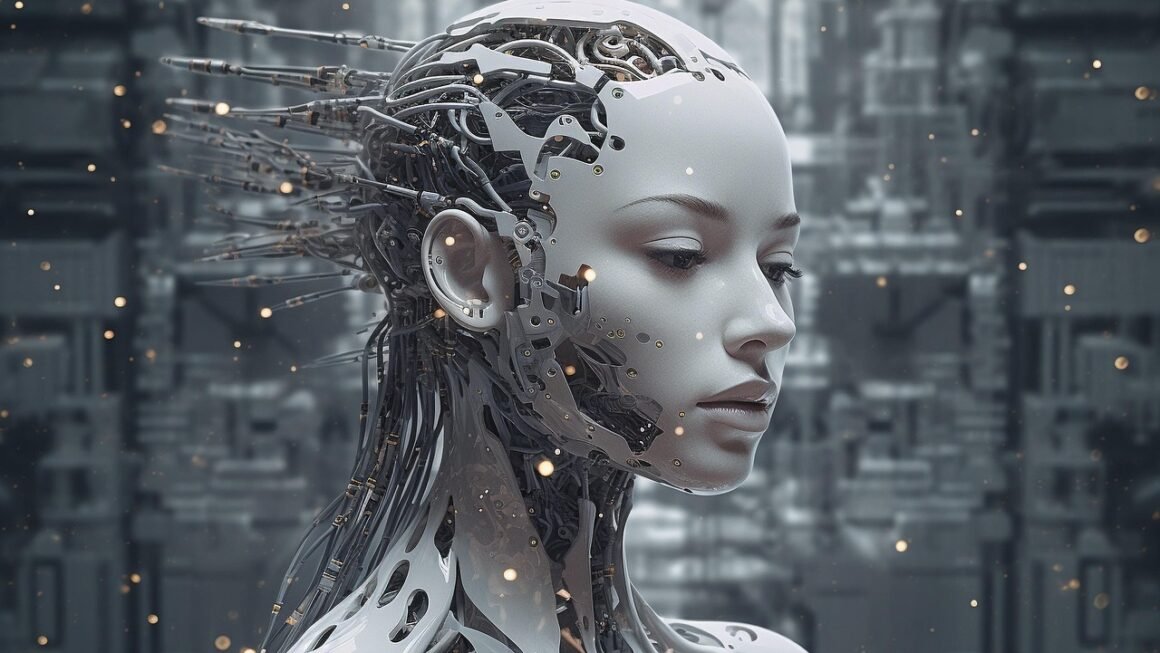AI is rapidly transforming the gaming landscape, pushing the boundaries of what’s possible and delivering richer, more engaging experiences for players. From smarter enemies to procedurally generated worlds, artificial intelligence is revolutionizing game development and gameplay, creating new opportunities for innovation and player immersion. This blog post explores the profound impact of AI on gaming, examining its applications, benefits, and future trends.
The Rise of Intelligent NPCs and Enemies
Smarter Artificial Intelligence
Traditional Non-Player Characters (NPCs) often follow pre-programmed scripts, resulting in predictable behavior. AI allows for much more complex and believable interactions. Modern AI algorithms can enable NPCs to:
- Learn player behavior: Adapting strategies based on player actions, making each encounter unique.
- Exhibit realistic emotions: Simulate human-like reactions, enhancing immersion.
- Collaborate effectively: Work together as a team, coordinating attacks and defenses.
Examples in Games
- The Last of Us Part II: Showcased NPCs with sophisticated awareness and believable reactions, enhancing the realism and emotional impact of encounters.
- F.E.A.R.: Pioneered AI enemies that used cover, flanked the player, and communicated with each other, creating challenging and dynamic combat situations.
- Red Dead Redemption 2: Features NPCs with daily routines, conversations, and dynamic reactions to player actions, making the game world feel alive.
Actionable Takeaway
Game developers can leverage AI to create dynamic and adaptive NPCs that respond intelligently to player actions, enhancing the realism and challenge of gameplay. Consider implementing machine learning models to allow NPCs to learn and evolve over time.
Procedural Content Generation (PCG) with AI
Generating Vast Game Worlds
Creating expansive and diverse game worlds can be incredibly time-consuming and expensive. AI-powered PCG can automate this process, allowing developers to:
- Generate terrains: Create diverse landscapes with mountains, valleys, and rivers.
- Design buildings and cities: Construct intricate urban environments with unique architecture.
- Populate worlds with content: Add foliage, enemies, and other elements to bring the world to life.
AI-Driven Level Design
PCG is not just limited to creating environments. AI can also assist in level design by:
- Generating layouts: Creating unique and challenging level structures.
- Balancing gameplay: Ensuring fair and engaging encounters.
- Adapting to player skill: Adjusting difficulty based on player performance.
Examples in Games
- No Man’s Sky: Used procedural generation to create a universe with billions of unique planets, each with its own flora, fauna, and resources.
- Minecraft: Relies on procedural generation to create its infinite, explorable world, allowing players to discover new and varied environments.
- Diablo: Select dungeons use AI to generate and optimize encounters ensuring a challenging and balanced gaming experience.
Actionable Takeaway
Explore the use of AI-driven PCG tools to automate the creation of game environments and level designs. This can save time and resources while also allowing for the creation of unique and diverse game experiences.
Enhanced Player Experience Through AI
Personalized Gameplay
AI can analyze player data to tailor the game experience to individual preferences. This includes:
- Difficulty adjustment: Adapting the challenge level based on player skill.
- Content recommendation: Suggesting quests, items, or areas that match the player’s interests.
- Dynamic storytelling: Altering the narrative based on player choices and actions.
Improved Tutorials and Guidance
AI-powered tutorials can provide personalized guidance to help players learn the game mechanics effectively. This can include:
- Adaptive hints: Offering contextual tips based on player struggles.
- Intelligent feedback: Providing constructive criticism to help players improve their skills.
- Personalized training: Creating customized training scenarios to address specific weaknesses.
Examples in Games
- Microsoft Flight Simulator: Uses machine learning to create realistic weather patterns and air traffic, enhancing the realism of the simulation.
- Various FPS games use AI to adapt to player skill ensuring balanced and enjoyable gameplay, even if the player is new to the genre.
Actionable Takeaway
Consider implementing AI algorithms to analyze player data and personalize the game experience. This can lead to increased player engagement and satisfaction. Focus on providing adaptive difficulty levels and personalized guidance to cater to individual player needs.
AI-Powered Game Testing and Quality Assurance
Automating Testing Processes
Game testing is a crucial but often time-consuming and resource-intensive process. AI can automate many aspects of testing, including:
- Bug detection: Identifying errors and glitches in the game code.
- Performance analysis: Evaluating the game’s performance on different hardware configurations.
- Playtesting: Simulating player behavior to identify potential issues with gameplay.
Intelligent Bug Reporting
AI can analyze bug reports to identify patterns and prioritize issues based on their severity and impact. This can help developers:
- Focus on critical bugs: Address the most important issues first.
- Identify root causes: Understand the underlying reasons for bugs.
- Improve code quality: Prevent similar bugs from occurring in the future.
Examples
- AI-driven testing frameworks are used by many large gaming studios to automate regression testing and identify performance bottlenecks.
- Some AI tools can analyze player feedback from social media and forums to identify common issues and sentiment trends.
Actionable Takeaway
Implement AI-powered testing tools to automate various aspects of game testing and quality assurance. This can significantly reduce testing time and improve the overall quality of the game. Focus on using AI to identify critical bugs and prioritize issues based on their impact on the player experience.
Future Trends in AI Gaming
Reinforcement Learning
Reinforcement learning (RL) is a type of machine learning where an agent learns to make decisions in an environment to maximize a reward. In gaming, RL can be used to:
- Train AI agents: Create intelligent enemies and NPCs that learn from experience.
- Optimize gameplay: Balance game mechanics and design challenging levels.
- Generate new content: Discover novel strategies and game mechanics.
Deep Learning for Visuals
Deep learning is a powerful technique for analyzing and generating images and videos. In gaming, deep learning can be used to:
- Enhance graphics: Improve the realism and detail of game visuals.
- Create realistic animations: Generate lifelike character movements and facial expressions.
- Detect and prevent cheating: Identify and ban players who are using hacks or exploits.
AI in Esports
AI is also making inroads into esports, with applications such as:
- Training AI opponents: Creating challenging practice partners for professional players.
- Analyzing player data: Providing insights into player performance and strategies.
- Automating commentary: Generating engaging and informative commentary during live matches.
Actionable Takeaway
Stay informed about the latest advancements in AI and explore how these technologies can be applied to your game development projects. Focus on experimenting with reinforcement learning, deep learning, and other cutting-edge AI techniques to push the boundaries of what’s possible in gaming.
Conclusion
AI is transforming the gaming industry, empowering developers to create more engaging, immersive, and personalized experiences for players. From intelligent NPCs and procedurally generated worlds to enhanced player experiences and automated testing, AI is revolutionizing every aspect of game development. By embracing AI and staying informed about the latest advancements, developers can unlock new levels of creativity and innovation, shaping the future of gaming.



